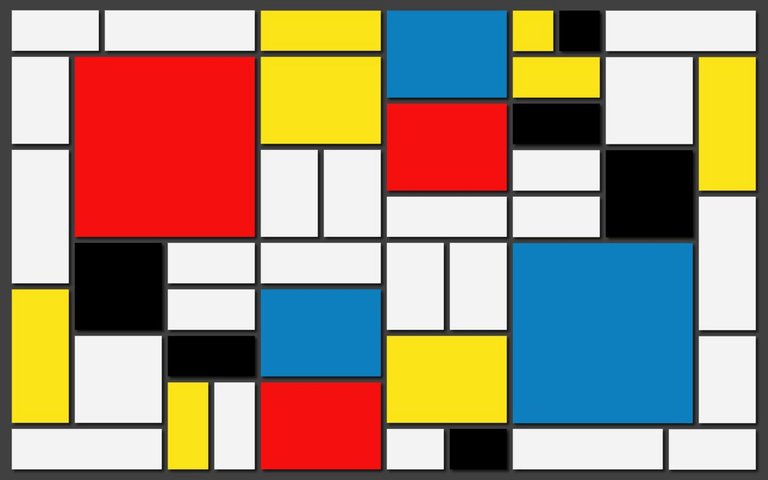
Before you start studying design history it is important to define what design is.
Design is a multi-valued word; it is a culture product, an instrument of cultural construction, and a factor that forms culture.

Summarizing multiple approaches, in a broad sense, design can be characterized as follows:

In a narrow sense to design means to do or plan something with a specific purpose or intention in mind. Main design goal is to satisfy diverse human needs.
From this we can draw conclusions:
- anyone can become a designer. It's as natural as to live and to breathe
- ideas and solutions do not come from anywhere, they are in ourselves and around us;
designer is a person who can see, notice, select, combine. - design is a universal project activity, almost everything is designed.
That’s why in the most wide definition:
History of design = history of material culture of mankind
In accordance with this concept, the design history begins with the material culture of Ancient Egypt or Antiquity, which is often called protodesign.
If we assume that the design originated by the emergence of artists, inventors, then you need to remember Leonardo da Vinci.
Many things that we use exist for thousands of years. All of them are related to modern design objects because of the fact that they were created not for decoration, but for the performance of certain functions.

The origin of design is always associated with the development of applied sciences, with the industrialization and mechanization of production, caused by the industrial revolution in Britain in the mid of 18th century and the first third of the 19th century,
Industrial revolution is an introduction of machine tools in the process of production, replacing the unique movements of the artisan with repetitive movements of the machine.

The history of design can be viewed from a wide variety of points of view.
As well as the design itself, it has its own internal genres and areas.
- fashion design and costume history,
- graphic design and advertising history,
- interior and exhibition design history,
- industrial design history
- landscape design history
Design story is multifaceted and includes facts from architecture, engineering, fine arts, sociology, cultural studies, communication, advertising and marketing, ergonomics; nevertheless, the 20th century gave a number of fundamental historical studies devoted to this profession.
In my posts I will dwell on the history of industrial and graphic design of the 20th century because of its fundamental difference. The artists of the avant-garde dreamed of rebuilding the world and succeeded in it - we live in a world created by their imagination. Most of household items that we use, basically, were created in the 20th century.
Experiments of avant-garde artists were preceded by a bright flowering of arts and crafts in the late 19th - early 20th centuries, and the avant-garde heroes considered designers of that time their predecessors. Design as an independent sphere of activity also begins to develop only in the second half of the XIX century.
Although the history of design is sometimes counted from the moment of the appearance of the designer post in 1907, when the German architect Peter Behrens received the post of art director of the German company "AEG" and was responsible for the products and advertising design, the British consider Christopher Dresser, famous graduate of the National School of Design, to be the first designer.

In addition, the very first magazine, which title had the word "design" - "Journal of Design" - also appeared in England in 1849. The journal was founded by Sir Henry Cole, statesman, designer and initiator of the London's Great Exhibition of 1851 that became an important historical prerequisite for the formation and development of Design.
Congratulations @m27k4! You received a personal award!
You can view your badges on your Steem Board and compare to others on the Steem Ranking
Do not miss the last post from @steemitboard:
Vote for @Steemitboard as a witness to get one more award and increased upvotes!